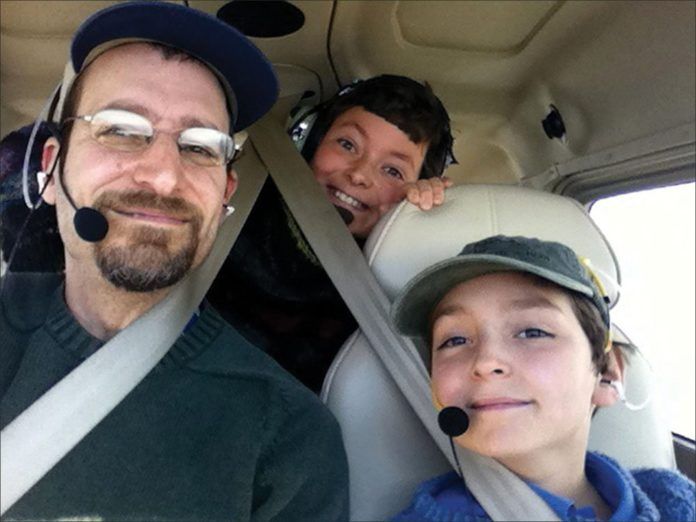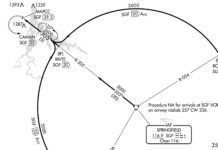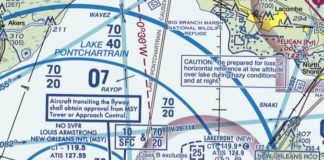GA airplanes have redundancy of many critical systems, but the one pilot is still a potential single-point failure. We can offset that with whatever or whomever we have on hand.
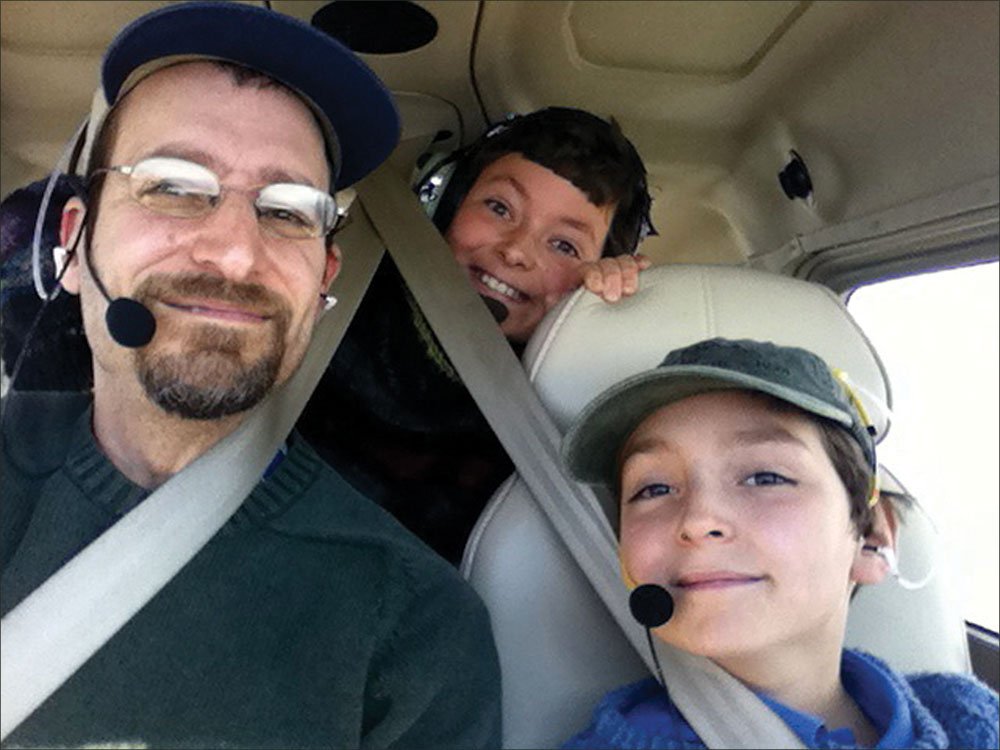
Having flown with right-seaters who possess no more pilot credentials than having a pulse, I can attest that a brief interview with the co-pilot candidate and few minutes of chatting and playing with buttons in the cockpit can turn dead weight into useful load.
Good questions to ask are: “Have you ever sat in the front of an airplane before? Do you use GPS navigation in your car or on your phone? Do you know how to use a radio? Can you read a map?” Feel free to add your favorite questions from the movie Airplane if you wish. The answers (well, most of them) will help you decide just what tasks to assign to your right-seater.
A is for Airplane
For the most novice and recalcitrant of passengers, they might do no more than double-duty as desk space. But there are quite a few tasks you can assign that are helpful if the passenger rises to the challenge, yet no loss if they fail trying.
Looking for traffic is something all passengers who understand the clock-face convention can do. Often back-seaters, and especially kids, seem to enjoy making a competition out of spotting traffic. (Although you may find yourself quieting an argument with, “I don’t care who sees it first as long as you can tell me that it is not going to hit us!”)
Catering on longer trips is of real importance. If you have to fly an approach in IMC after a four-hour flight, and have been involuntarily fasting the whole time, it’s not going to be pretty. Low blood sugar will defeat you. If I don’t drink at least a pint of water on a trip of more than three hours, I have the same kind of dehydration headache that harkens a hangover (or so I am told).
Have a right-seater or a back-seater take the cap off your water bottle, unfold your napkin, pass you your sandwich, peel your banana, unwrap your granola bar, even feed it to you one bite at a time. If the passenger will actually pack the sandwiches for you before the flight, so much the better.
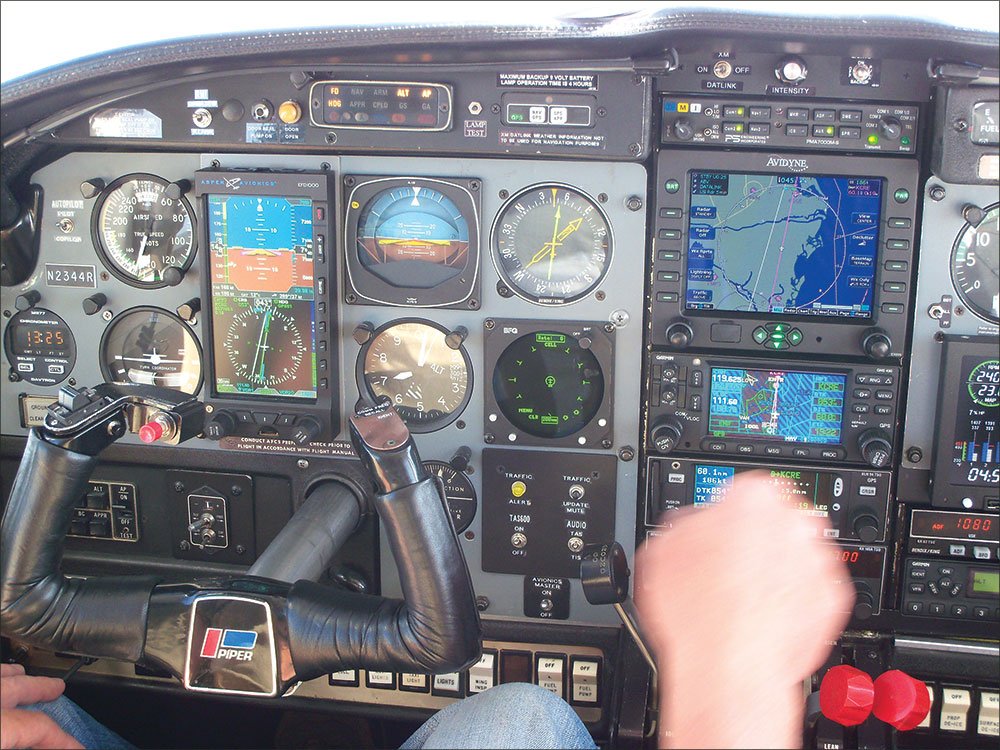
Buttons 101
Tuning radios is easy to teach. Show your passenger the radio and which knob changes what. Tell them not to press the flip-flop until you give them the nod. For a proactive right-seater who is listening to the radio and dialing frequencies without being told to, make sure that they parrot the frequency back to you once you finish the exchange with ATC.
Altitude alerting is a relatively simple task requiring minimal training: “This is the altimeter. It shows how high we are. This hand is 100s of feet, this hand is 1000s of feet and this one 10,000s. I may ask you to tell me when we get to or near a certain altitude.” This can be very helpful with an airplane that has an autopilot but no altitude pre-select.
Fuel management is easily overlooked when workload gets high. If you don’t have the luxury of a GPS with a scheduled message to remind you to switch tanks, put a passenger in charge of running a timer or watching the fuel totalizer and alerting you when a certain period has elapsed or a certain number of gallons have been used. I’ve found that passengers take this job really seriously if you tell them that the engine will stop if you forget to change tanks.
Folding charts is actually one of the harder things to ask of a passenger. Folding them so that the correct part is showing requires some basic knowledge of chart symbology and an idea of geography. However, finding approach plates for a pilot in IMC is pretty easy for a passenger who knows the alphabet. Remember that some airports have multiple names, or are listed as satellite airports to more major ones, such as a nearby Class B. It may be worth your time to show your passenger the contents section of the government-issue charts.
Copilot Material
Holding the airplane straight and level is something that most front seat passengers want to do. Many of them are sitting there thinking, “That doesn’t look too hard.” With a little persuasion, a two-minute introduction to the flight controls during a smooth portion of the flight and, if appropriate, an explanation of the attitude indicator, pilot aspirations can power a perfectly acceptable wing leveler (and maybe a future pilot).
A word of caution: Before you ask a passenger to hold the plane level while you use the “Little John” or “Lady Jane,” ensure that they are capable of holding the airplane steady as well as level.
Briefing approaches can be worth teaching someone you regularly have as a passenger. The simplified explanation would be: “Start with the title and then read me each of the boxes on the page. Wait until I give you a nod after each box before you read the next one. We are a Category B airplane so I’ll need the minimum altitude that corresponds to that from the bottom section, next to S-ILS9.”
Setting up approaches is not beyond the realm of possibilities for the slightly more familiar passenger or student pilot upwards. Teaching it to a passenger could take a while but it can really be useful when the ceilings are low and the piloting workload is high.
Entering flight plans and re-routes on the GPS can be done by some of your more advanced passengers. The amount of training required for this varies enormously based on the level of prior GPS knowledge. Surprisingly (actually not surprisingly) kids learn GPS programming quickly—it’s just another video game. Give a kid the basics and after an hour of flight he or she will have figured out everything the box does, including functions that still mystify you. When they surreptitiously divert you to visit Disney, though, it’s time to cut them off.
A Real Pilot?
With a qualified pilot in the right seat, the strategy should change only slightly. That is, you should clarify beforehand exactly who is doing what. As a rule, it’s usually better to assume the left-seater is doing everything unless said left-seater says otherwise.
If you do share duties, be specific about which ones and how you’ll communicate. It can be confusing and frustrating having someone change switches or frequencies without telling you they have done it. Make sure your copilot knows to confirm or read back instructions and to query anything of which they are unsure.
One really good item to cover before flight is emergencies. Assign emergency duties in case problems arise. “I’ll continue to handle the airplane, you will declare the emergency and then pull out the emergency checklist and start working on the problem.”
No matter what their skill level, careful use of your passengers as a resource can make your flight easier and more fun. It’s no fun being Captain unless you actually have somebody following your orders. Oh, and one last tip: Always ask if there is a massage therapist on board. If there is, ensure that person sits directly behind you.
Jeremy Vandersluis is a 7000-hour ATP and CFI. Some of his teaching time is documented in his book, “They’re All Trying To Kill Me!”

